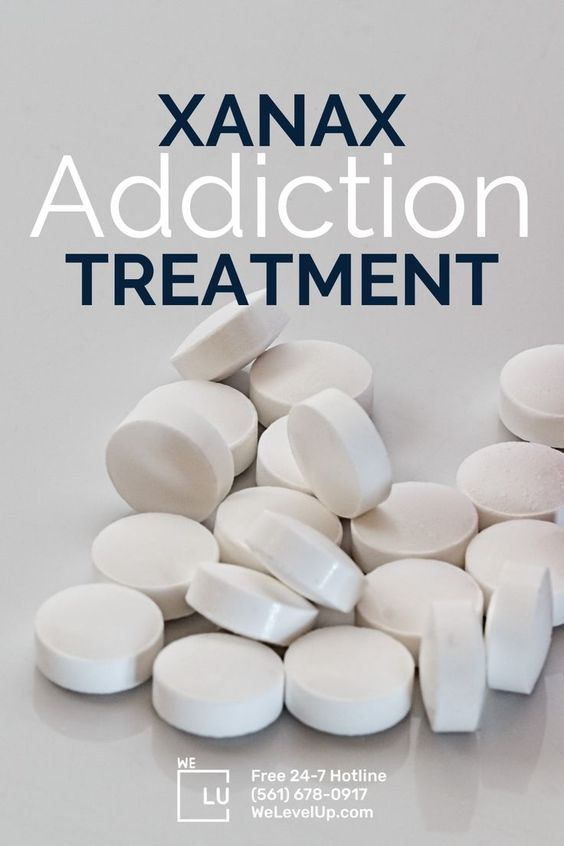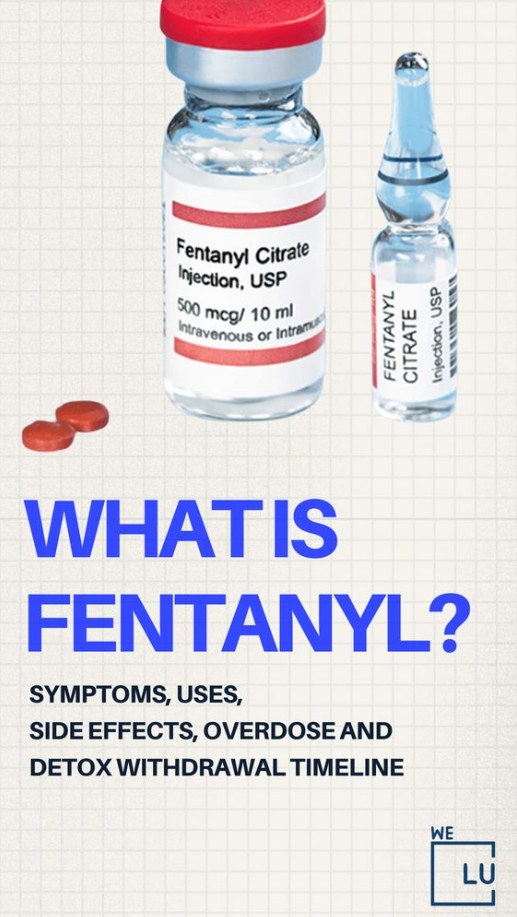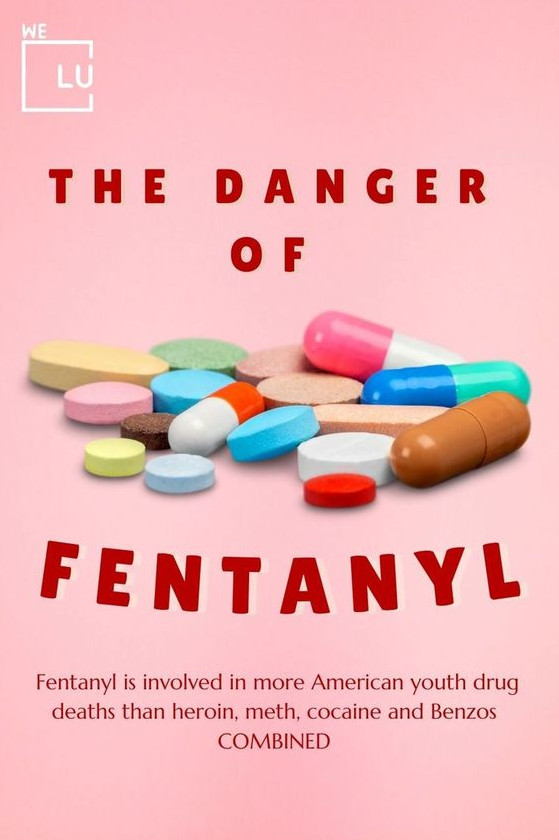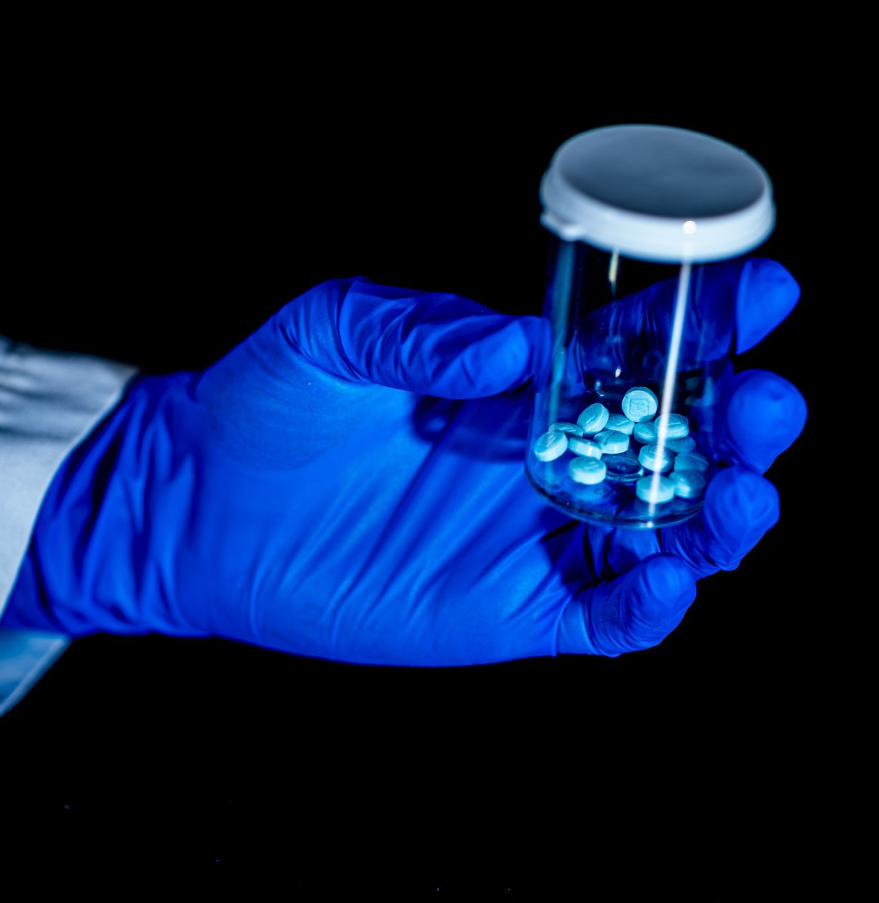Potent opioid analgesics, such as morphine and hydromorphone (Dilaudid), are prescribed to reduce severe pain. Although hydromorphone is stronger–it’s two to eight times more potent than morphine—its action time is briefer. Both medications are addictive.
Are you or someone else addicted to Opiates? We Level Up Treatment Centers can help. Our hotline specialists are available to talk. They will tell you about our support and professional-accredited addiction treatment programs.
What is Dilaudid?
Dilaudid, also known as hydromorphone hydrochloride, is a powerful prescription for intense pain when other pain medications are insufficient or not suitable. It’s nearly eight times stronger than morphine, making it a highly potent opioid used only for individuals who have shown they can handle such medications. Those prescribed Dilaudid have likely already explored other prescription painkillers like morphine and oxycodone without finding sufficient relief.
Available in two strengths, regular Dilaudid and Dilaudid HP (high potency), the latter being a concentrated form. Dilaudid HP should not be given to patients new to opioid pain meds. Because opioids can depress the central nervous system, Dilaudid HP could pose a life-threatening risk to someone unfamiliar with opioids or having adverse reactions to them.
What is Morphine?
The opiate derived from opium, called morphine, is primarily well known for its clinical use in relieving severe pain. But other than its medical use, it’s unfortunately used illicitly for recreational purposes. It is more sought after and abused by drug users in particular. This drug is very effective in relieving pain, but it also carries a high risk of addiction and produces severe physical dependence. It has become one focus of the problem with substance abuse some time ago.
An alkaloid derived from the opium found in the seedpod of the poppy plant, Papaver somniferum, morphine plays an essential role in pain management at a clinical scale. It is mainly used in the relief of terminal cancer pain and post-surgical pain. Not only by relieving pain, morphine also suppresses appetite and coughs.
For clinical use, it can relieve pain after surgery or serious injuries (except for head injuries) and help provide relief in terminal cancer cases. Different versions of drugs to combat pain are widely available for clinical use in hospitals under different names–MSiR, MS-Contin, Kadian, and several others.
Yet, aside from its legitimate medical uses, morphine’s euphoric effects make it an attractive alternative for use by drug abusers. It is also known by street names such as God’s Drug, MS, Morf, Morpho, or Dreamer. First Line/A-Line: Emsel (Smithino), Unkie, and Mister Blue.
Dilaudid vs Morphine: Comparing Their Potency
What distinguishes Dilaudid and morphine from one another is how much pain relief they provide.
Regarding pain relief, Dilaudid demonstrates greater potency compared to morphine when administered in the exact dosage. As per the DEA (Drug Enforcement Agency), morphine is attributed to an opioid oral MME (Morphine Milligram Equivalent) of 4, indicating that Dilaudid is approximately four times more potent than morphine, especially in terms of its prescription strength in water-soluble tablets or thyme.
Understanding Effectiveness Factors
There are many variables involved that determine how effective painkillers are. many of which are:
- Type of Pain: What depends on how well a medicine works is the type of pain being treated– whether it’s acute, cancer-related, chronic, or neuropathic.
- Medication Forms: How medication is administered, whether orally or intravenously, really matters. In particular, intravenous administration involves direct injection into a vein, resulting in the drug’s much higher bioavailability.
- Bioavailability: It is the Drug’s bloodstream entry after administration. Food is partially absorbed and broken down in the stomach and intestines before entering the bloodstream.
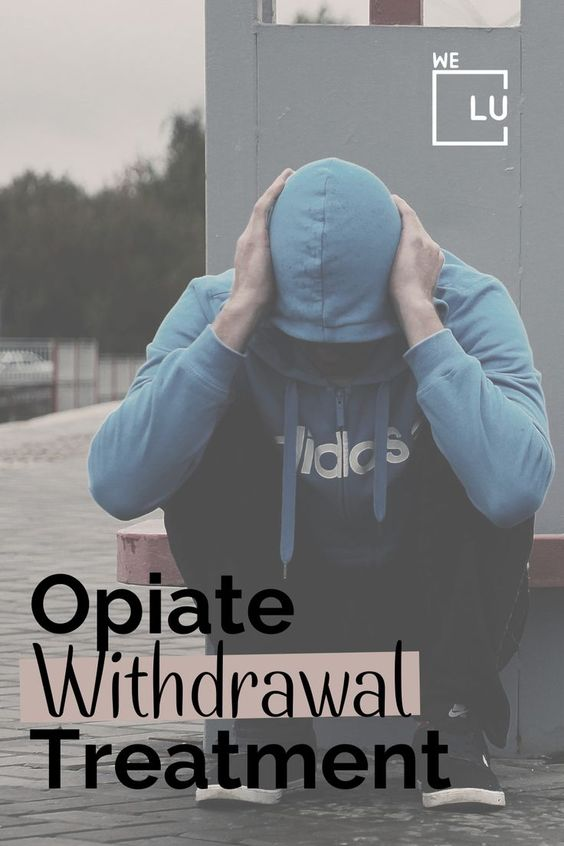
Skip To:
Learn More:
- How Long Does Morphine Stay in Your System?
- Morphine Withdrawal Symptoms, Timeline, and Detox Treatment
- Opiate Withdrawal
- Opioid Withdrawal Timeline
- Opioid Withdrawal Symptoms
- Fentanyl Detox Timeline and Withdrawal Symptoms
- Fentanyl Detox Timeline and Withdrawal Symptoms
- How Strong is Fentanyl? Fentanyl vs Other Opioids
- What is a Lethal Dose of Fentanyl? Deadly Fentanyl Dose Warnings
- What Is Fentanyl?
- Fentanyl Withdrawal
- Hydrocodone vs Oxycodone, Unveiling The Differences
Factors Affecting Bioavailability
Several factors can impact the bioavailability of a drug, including:
- Route/Site of Administration: How the drug enters the body significantly influences its efficacy.
- Clearance of the Drug: The rate at which the body metabolizes the drug affects its concentration and effectiveness.
- Distribution: Some drugs require binding to fats or proteins for circulation and bodily assimilation.
- Interactions: Interactions with other medications may inhibit or reduce the drug’s effectiveness.
Get Help. Get Better. Get Your Life Back.
Searching for Accredited Drug and Alcohol Rehab Centers Near You? We Level Up Texas Is Opening Soon!
Even if you have failed previously and relapsed, or are in the middle of a difficult crisis, we stand ready to support you. Our trusted behavioral health specialists will not give up on you. When you feel ready or just want someone to speak to about therapy alternatives to change your life call us. Even if we cannot assist you, we will lead you to wherever you can get support. There is no obligation. Call our network hotline today.
FREE Addiction Hotline – Call 24/7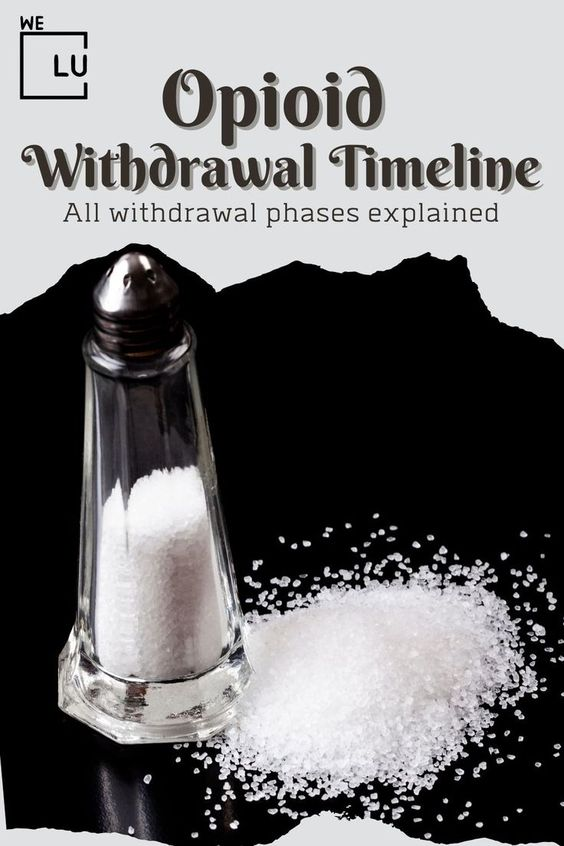
Do They Have Similar Side Effects?
Dilaudid and morphine have essentially the same adverse effects. Opioids stimulate receptors throughout the body, brain, and spinal cord, part of the central nervous system. Although they vary, potential side effects could be:
- Confusion.
- Drowsiness or sedation.
- Mood changes.
- Nausea.
- Constipation.
- Slowed breathing.
- Difficulty urinating.
- Low blood pressure.
- Heart rate changes.
What are The Causes Of Opioid Addiction?
A variety of factors causes addiction to morphine and Dilaudid and is typically the outcome of interactions between biological and psychological forces.
- Pain management: Morphine is frequently prescribed for analgesia in cases of severe or persistent pain. However, people may develop a drug dependency in an attempt to relieve chronic pain.
- Brain Chemistry: The reward system in the brain is affected by Morphine’s action. When it binds to mu-opioid receptors, dopamine can be released, leading to pleasant feelings. The brain becomes accustomed to it in due course, and one must take higher doses to enjoy the same effects. Tolerance and dependence are thus created.
- Genetic Factors: Addiction susceptibility is also influenced by genetic predisposition. Others, while not necessarily more genetically predisposed to dependence on opioids like morphine, would be.
- Psychological Factors: Mental health problems such as depression, anxiety, and trauma can raise the risk of morphine addiction. People often use the drug to self-medicate or ease emotional pain.
- Environmental Influences: Social and environmental factors–including peer pressure, family history of substance abuse, and easy availability of opioids–can all help lead to morphine use.
- Prescription Practices: Healthcare providers overprescribing or prescribing morphine incorrectly can inadvertently lead to addiction. Some people may first be introduced to morphine through legitimate medical use, then misuse it or form addictions.
- Lack of Education: Lack of knowledge about the dangers and frightening opportunities that morphine presents is one cause behind its misuse and addiction.
Get Help. Get Better. Get Your Life Back.
Searching for Accredited Drug and Alcohol Rehab Centers Near You? We Level Up Texas Is Opening Soon!
Even if you have failed previously and relapsed, or are in the middle of a difficult crisis, we stand ready to support you. Our trusted behavioral health specialists will not give up on you. When you feel ready or just want someone to speak to about therapy alternatives to change your life call us. Even if we cannot assist you, we will lead you to wherever you can get support. There is no obligation. Call our network hotline today.
FREE Addiction Hotline – Call 24/7Possible Treatments for Morphine and Dilaudid Overdose
If you go to the emergency room with someone showing signs of a morphine overdose, specific treatments can be expected. The medical team will supply oxygen to help the patient breathe. Severe cases may require intubation–putting a tube down the throat into the airway (trachea) to keep it open and prevent possible damage to brain tissue and this typically involves the usage of a ventilator.
Oral morphine overdose is often treated with activated charcoal, crushed up to absorb excess opioid medication and further reduce danger. If given quickly–ideally within three hours of even one dose of morphine ingestion-activated charcoal can help to minimize potential damage.
During treatment, patients receive IV fluids to maintain their hydration. This is usually followed by diagnostic testing done to verify the amount of damage done by the presumed lethal doses of morphine. These tests may include blood and urine analyses, brain CT scans, chest X-rays, or electrocardiograms (ECG). The results can guide future treatment decisions.
An antidote to morphine is naloxone. Gastric lavage, or stomach pumping, is used in more severe cases to remove drugs that have been taken through the mouth physically.
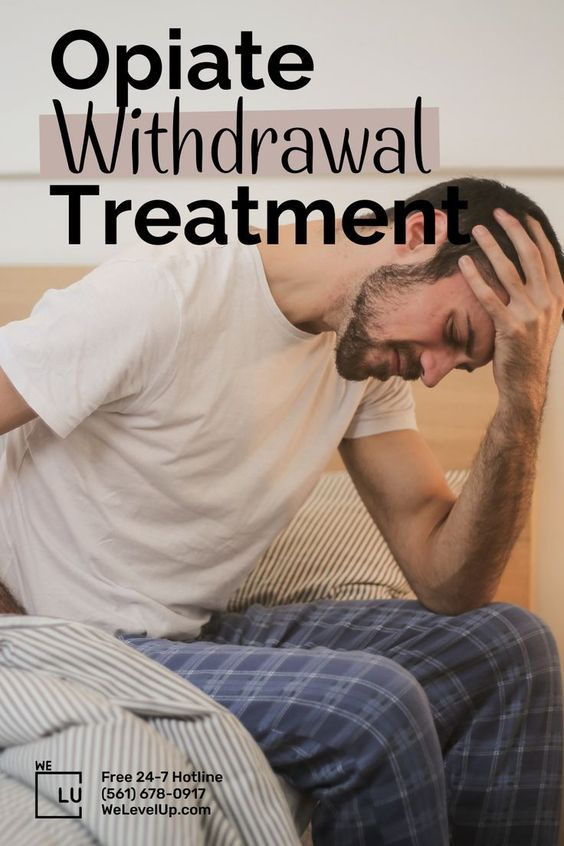
How to Get Better After an Overdose of Opioids
Other factors that can affect one ‘s prognosis for recovery after a morphine overdose are the timing of treatment, how much was taken by mouth or injected into veins at once (the more quickly something is in your system, typically speaking), general health status and what else you might be taking in terms of medications. Another factor would include other substances like alcohol or coffee. Only a medical professional can give an accurate prognosis. Morphine overdoses can be fatal.
Those who survive risk long-term complications of the kidneys and irreversible brain damage, a rare disease that also afflicts alcoholics. Knowing the danger of morphine Overdose prevention Understanding its addictive nature is a critical first step.
Following the medication’s instructions is essential–some morphine tablets are extended-release and must not be split. This could lead to an overdose if the medicine is taken incorrectly, such as when breaking a tablet for too low of a dose. So, it is crucial to get expert advice from a prescribing doctor.
Start a New Life
Begin with a free call to an addiction & behavioral health treatment advisor. Learn more about our dual-diagnosis programs. The We Level Up treatment center network delivers recovery programs that vary by each treatment facility. Call to learn more.
- Personalized Care
- Caring Accountable Staff
- World-class Amenities
- Licensed & Accredited
- Renowned w/ 100s 5-Star Reviews
We’ll Call You
How Morphine and Other Opioids Affect the Body
The opioids attach themselves to specific receptors in the brain, spinal cord, and intestines. Once attached they exert their effects on a cellular level.
The brain naturally makes its opiates; they cause many different effects, including the reduction of pain or respiratory depression, and may even make a patient feel less depressed.
However, the body’s natural production of opioids isn’t sufficient to address severe pain like that from a broken leg. Additionally, the body doesn’t generate opioids in quantities that would lead to an overdose. Opioid medications and recreational drugs replicate these naturally occurring opioids.
These drugs can affect the body in several ways:
- They may impact the brainstem, regulating functions like breathing and heart rate, potentially slowing breathing or suppressing coughing.
- They might act on specific brain areas, like the limbic system controlling emotions, causing feelings of pleasure or relaxation.
- Opioids reduce pain by affecting the spinal cord and transmitting messages between the brain and the body.
Opening Soon! First-Class Facilities & Amenities
World-Class High-Quality Addiction & Mental Health Rehabilitation Treatment
Coming Soon! Rehab Centers TourRenowned Addiction Centers. Serene Private Facilities. Inpatient Rehab Programs Vary.
FREE Addiction Hotline – Call 24/7Proven recovery success experience, backed by a Team with History of:
- 15+ Years Experience
- 100s of 5-Star Reviews
- 10K+ Recovery Successes
- Low Patient to Therapist Ratio
- Onsite Medical Detox Center
- Comprehensive Dual-Diagnosis Treatment
- Complimentary Family & Alumni Programs
- Coaching, Recovery & Personal Development Events
Morphine Withdrawal Detox
Detoxifying from Morphine can be an uncomfortable process due to the range of physical and mental symptoms that define Morphine withdrawal. To ease the intensity of these symptoms, individuals are encouraged to undergo a medical detox program.
During medical detox, doctors oversee the individual’s health and create a tailored treatment approach to remove the drug from their system. The method of quitting, either abruptly stopping (“cold turkey”) or gradually reducing the dosage (tapering), is determined based on the person’s specific needs. Tapering off is often preferred as it typically results in milder withdrawal symptoms.
Medication-assisted treatment with drugs like Naltrexone or Buprenorphine can be used on patients to relieve the discomfort of the withdrawal process.
Once the detox phase concludes, their physician assesses the individual’s health to determine readiness for discharge. If detox takes place in a treatment facility, the following steps often involve counseling and therapy to address the psychological aspects of the Morphine addiction. For those detoxing in a hospital or clinic setting, the subsequent phase may involve enrolling in an inpatient rehabilitation program or outpatient addiction treatment.
Morphine Addiction Treatment
Upon completing detox, individuals may undergo various therapies and treatments as part of an extensive treatment plan. Rehab after detox is crucial for addressing underlying addiction causes. Rehab occurs in different settings:
- Residential or Inpatient Rehab: This involves residing onsite throughout treatment, receiving constant care, and participating in diverse therapies. Suited for severe addiction cases or those lacking supportive home environments.
- Outpatient Rehab: Requires traveling to the facility for treatment and returning home afterward. Suitable for individuals with supportive environments and reliable transportation.
Ongoing medication maintenance is integral for maintaining sobriety and averting relapse. Medications to reduce withdrawal discomforts may be part of this maintenance.
Treatment for opioid use disorder encompasses diverse therapies and supports:
- Counseling: Addresses addiction-related issues.
- Behavioral Therapies: Cognitive-behavioral therapy (CBT), contingency management (CM), or motivational interviewing foster positive behavioral changes.
- Family Therapy: Repairs relationships affected by addiction.
- Vocational Training: Assists in employment post-rehab.
- Case Management: Aids with social services such as securing basic needs and legal aid, allowing individuals to focus on recovery.
Aftercare is essential for ongoing recovery. Post-treatment, participating in individual counseling, mindfulness-based relapse prevention (MBRP), attending support groups like Narcotics Anonymous (NA), utilizing recovery apps, or engaging in recovery management checkups with treatment providers are beneficial.
Comprehensive treatment should address substance use and associated medical, psychological, social, vocational, and legal issues tailored to individual needs.
Why Choose We Level Up Treatment Center?
At We Level Up Treatment Center, our dedicated team of professionals is committed to guiding you through every step of your recovery journey. We prioritize your well-being and provide a nurturing environment conducive to healing and growth.
Take the first step towards recovery today. Contact us to begin your journey to a drug-free life. You don’t have to face addiction alone—we are here to help you reclaim control and achieve lasting sobriety.
Start a New Life
Begin with a free call to an addiction & behavioral health treatment advisor. Learn more about our dual-diagnosis programs. The We Level Up treatment center network delivers recovery programs that vary by each treatment facility. Call to learn more.
- Personalized Care
- Caring Accountable Staff
- World-class Amenities
- Licensed & Accredited
- Renowned w/ 100s 5-Star Reviews
We’ll Call You
How Long Do Opiates Stay in Your System?
Search We Level Up TX Dilaudid vs Morphine, Comparing their Potency Topics & Resources
Sources
- WHO Guidelines for the Pharmacological and Radiotherapeutic Management of Cancer Pain in Adults and Adolescents. Geneva: World Health Organization; 2018. ANNEX 6, Pharmacological Profiles and Opioid Conversion Tables. Available from: https://www.ncbi.nlm.nih.gov/books/NBK537482/ dilaudid vs morphine, morphine vs dilaudid, morphine versus dilaudid, is dilaudid stronger than morphine, is morphine stronger than dilaudid, dilaudid stronger than morphine, is dilaudid more powerful than morphine, dilaudid vs morphine
- Bhatnagar M, Pruskowski J. Opioid Equivalency. [Updated 2022 Sep 12]. In: StatPearls [Internet]. Treasure Island (FL): StatPearls Publishing; 2023 Jan-. Available from: https://www.ncbi.nlm.nih.gov/books/NBK535402/ Read More: dilaudid to morphine conversion, conversion dilaudid to morphine, dilaudid conversion to morphine, dilaudid equivalent to morphine, dilaudid morphine equivalent, is dilaudid morphine, dilaudid vs morphine
- US Equal Employment Opportunity Commission (EEOC) – Use of Codeine, Oxycodone, and Other Opioids: Information for Employees – https://www.eeoc.gov/laws/guidance/use-codeine-oxycodone-and-other-opioids-information-employees dilaudid vs morphine
- Abi-Aad KR, Derian A. Hydromorphone. [Updated 2023 Aug 17]. In: StatPearls [Internet]. Treasure Island (FL): StatPearls Publishing; 2023 Jan-. Available from: https://www.ncbi.nlm.nih.gov/books/NBK470393/ dilaudid vs morphine
- DEA – Hydromorphone Fact Sheet – https://www.dea.gov/factsheets/hydromorphone
- Cohen B, Ruth LJ, Preuss CV. Opioid Analgesics. [Updated 2023 Apr 29]. In: StatPearls [Internet]. Treasure Island (FL): StatPearls Publishing; 2023 Jan-. Available from: https://www.ncbi.nlm.nih.gov/books/NBK459161/ dilaudid vs morphine
- Murphy PB, Bechmann S, Barrett MJ. Morphine. [Updated 2023 May 22]. In: StatPearls [Internet]. Treasure Island (FL): StatPearls Publishing; 2023 Jan-. Available from: https://www.ncbi.nlm.nih.gov/books/NBK526115/
- DEA – Morphine – https://www.dea.gov/factsheets/morphine dilaudid vs morphine
- Medline Plus – Morphine – https://medlineplus.gov/druginfo/meds/a682133.html
- Chou R, Hartung D, Turner J, et al. Opioid Treatments for Chronic Pain [Internet]. Rockville (MD): Agency for Healthcare Research and Quality (US); 2020 Apr. (Comparative Effectiveness Review, No. 229.) Available from: https://www.ncbi.nlm.nih.gov/books/NBK556253/ dilaudid vs morphine, morphine vs dilaudid, morphine versus dilaudid, is dilaudid stronger than morphine, is morphine stronger than Dilaudid, dilaudid stronger than morphine, is dilaudid more powerful than morphine,
- National Academies of Sciences, Engineering, and Medicine; Health and Medicine Division; Board on Health Sciences Policy; Committee on Pain Management and Regulatory Strategies to Address Prescription Opioid Abuse; Phillips JK, Ford MA, Bonnie RJ, editors. Pain Management and the Opioid Epidemic: Balancing Societal and Individual Benefits and Risks of Prescription Opioid Use. Washington (DC): National Academies Press (US); 2017 Jul 13. Available from: https://www.ncbi.nlm.nih.gov/books/NBK458660/ doi: 10.17226/24781 dilaudid vs morphine
- Zullo AR, Danko KJ, Moyo P, et al. Prevention, Diagnosis, and Management of Opioids, Opioid Misuse, and Opioid Use Disorder in Older Adults [Internet]. Rockville (MD): Agency for Healthcare Research and Quality (US); 2020 Nov. (Technical Brief, No. 37.) Available from: https://www.ncbi.nlm.nih.gov/books/NBK564144/ dilaudid vs morphine

